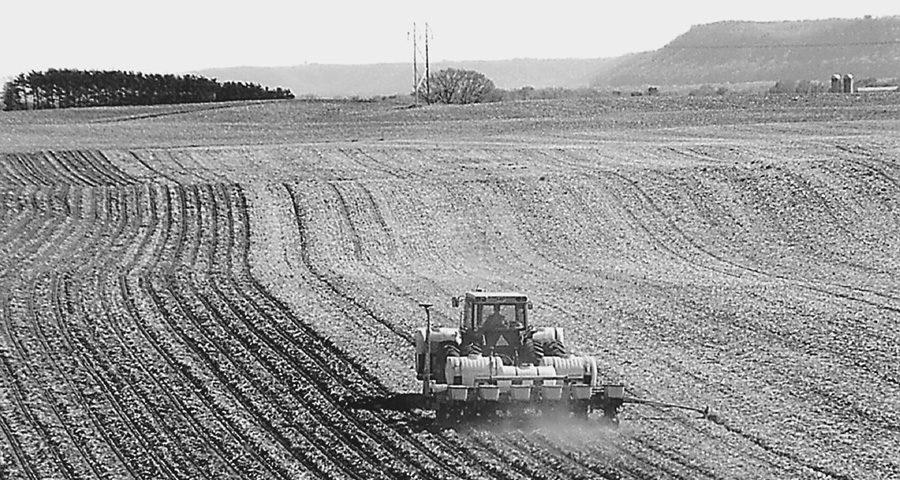No-Till Farmer
Get full access NOW to the most comprehensive, powerful and easy-to-use online resource for no-tillage practices. Just one good idea will pay for your subscription hundreds of times over.

For many years, U.S. farmers led the way around the world in adopting no-till.
But that’s changed drastically in recent years as other countries, particularly South America and Central America, are now leading the way in no-till growth. Instead of us teaching them the ins and outs of successfully no-tilling, there’s now a great deal that we can learn from the no-till experiences of farmers in other countries.
During a meeting last May of worldwide no-till producers, educators, researchers and government officials held in West Lafayette, Ind., the importance of a total system approach to successful no-till was stressed again and again.
Jim Kinsella, the veteran no-tiller from Lexington, Ill., maintains the U.S. is lagging behind in no-till development because crop production research is not system oriented. He maintains that tillage often seems to be thought of as a “cure-all” and tends to level the playing field for many farmers who are still relying on intensive tillage when problems develop. On the other hand, no-till makes the farmer more conscious of soil quality properties.
When looking at the benefits of approaching no-till from a systems standpoint, Kinsella uses drainage as an example of one of the biggest problems holding back no-till success in many instances.
Another concern is the fact that the essential interactions between nitrogen and tillage are not fully understood. As a result, there’s a general tendency among farmers using all tillage practices to over-apply nitrogen.
With precision farming and combine yield monitors, farmers…